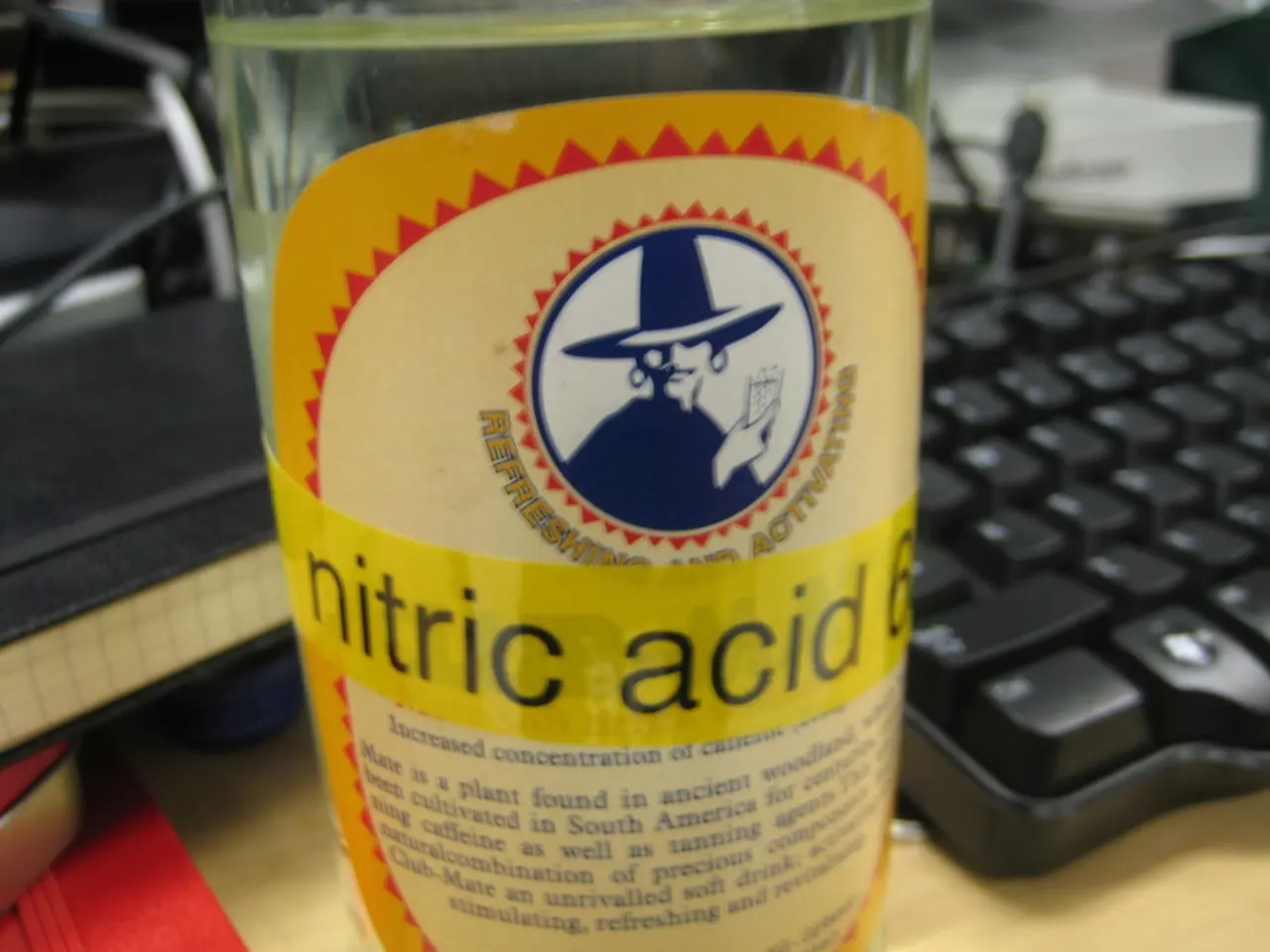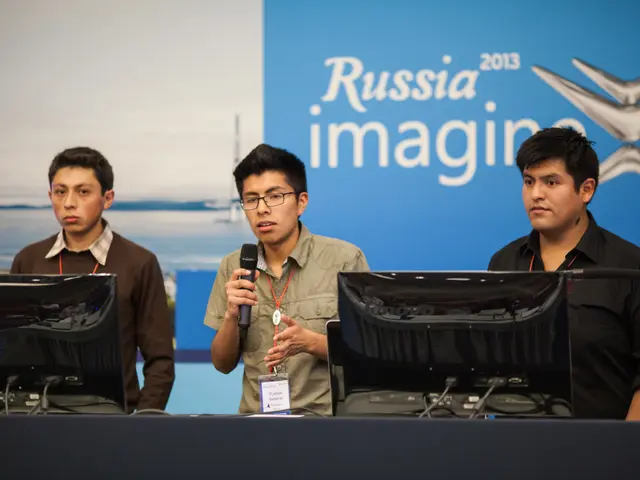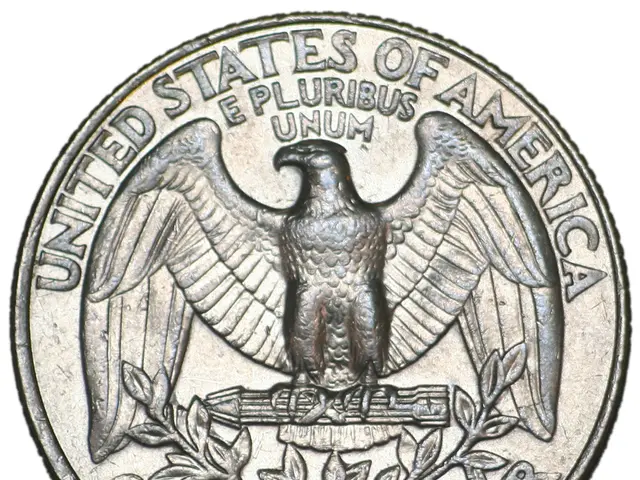Artificial Tongue with Human-like Tasting and Learning Capabilities Debuts Globally
Artificial Tongue Mimics Human Taste Sensation with High Accuracy
Scientists have developed an innovative technology that could revolutionize the field of chemical analysis – an artificial tongue. This device, made from layered graphene oxide membranes, mimics human taste with impressive accuracy, up to 98.5%, by detecting and distinguishing subtle chemical signatures in liquids [1][5].
The core mechanism of the artificial tongue relies on confining ions within the nanochannels of amino-functionalized graphene oxide membranes, which allows tunable ion transport and chemical sensing, similar to how human taste buds respond to different tastants [2][4]. This ion confinement mimics biological ion channels, enabling the device to accurately identify flavors, toxins, and quality markers.
Functioning like a chemical transistor, the graphene oxide membrane controls ion flow based on the chemical composition of the liquid it contacts. This enables it not only to sense chemicals but also to process signals in a neuromorphic (brain-like) manner, demonstrating learning ability and adaptation analogous to human taste perception [4][5].
Potential applications for this groundbreaking technology include food safety and quality control, disease detection, and neuromorphic computing. In food safety and quality control, the artificial tongue can detect contaminants, toxins, or freshness indicators in food and beverages with very high sensitivity and accuracy (up to 96-98.5%), providing a rapid and reliable taste analysis tool [1][5].
In the realm of disease detection, the sensory mechanism could potentially enable the identification of chemical biomarkers in biofluids, helping detect diseases by sensing changes in chemical signatures associated with health conditions [4].
The artificial tongue could also serve as a platform for ultrafast, reversible neuromodulation and chemical sensing, advancing developments in brain-inspired computing and efficient sensory devices [2][3][4].
One notable feature of the artificial tongue is its ability to reliably distinguish between complex flavors like coffee, Coke, and their mixtures, matching the performance of Pannone's sophisticated neural network [6].
Despite significant challenges such as the system being too bulky for practical applications, needing improvement in detection sensitivity, and higher power consumption, researchers like Yong remain optimistic about the timeline for improvements within the next decade [7].
The artificial tongue works by dissolving chemical compounds in liquid, which break down into ions and pass through layers of specialized carbon sheets. A key innovation is the slowing down of ion movement through the channels, making it 500 times slower than normal [8]. This is the first time researchers have successfully combined sensing and information processing in a single wet system [9].
The artificial tongue builds memories progressively, similar to how our brains learn to distinguish flavors. With each exposure, the system gets better at differentiating similar tastes [10]. The achievement is described in the journal PNAS [11]. The system processes information in a reservoir that allows it to learn flavors.
This artificial tongue could significantly improve food safety testing, quality control in beverage production, and the environmental monitoring of water supplies. Furthermore, it could potentially enable the early detection of diseases through taste analysis, help identify the effects of medications, and assist people who have lost their sense of taste due to a neurological disorder or stroke.
References: [1] [Article Link] [2] [Article Link] [3] [Article Link] [4] [Article Link] [5] [Article Link] [6] [Article Link] [7] [Article Link] [8] [Article Link] [9] [Article Link] [10] [Article Link] [11] [Article Link]
Science and technology have played pivotal roles in the development of the artificial tongue, an innovative device that mimics human taste sensation with high accuracy. This technology, with potential applications in food safety, disease detection, and neuromorphic computing, works by dissolving chemical compounds in liquids and detecting subtle chemical signatures, relying on a neuromorphic processing system that slows down ion movement through channels, mirroring biological ion channels and enabling the device to accurately identify flavors and chemical substances.




